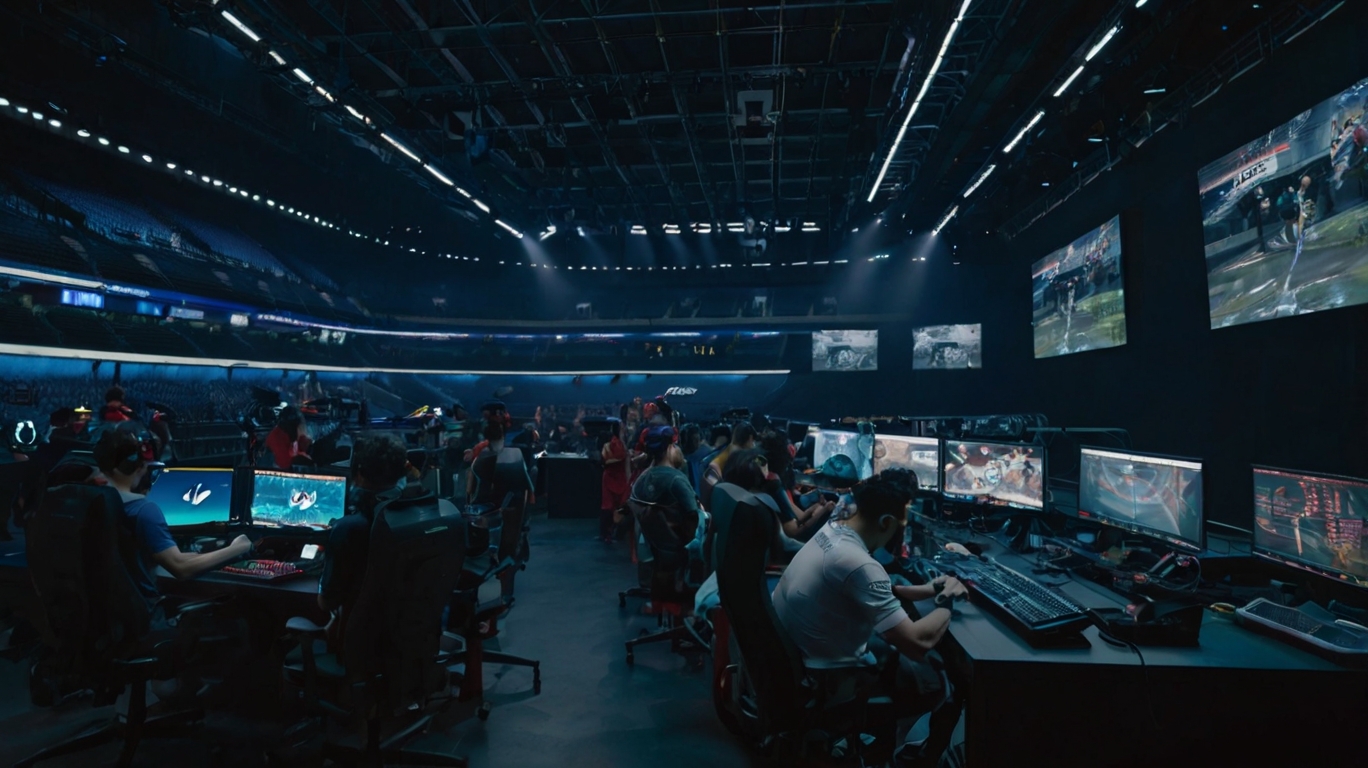1. The Rise of Esports Earnings
A. Prize Money & Tournament Winnings
Esports prize pools have skyrocketed over the past decade. Games like Dota 2, League of Legends, and Counter-Strike 2 offer multi-million-dollar tournaments. For example:
● The International (Dota 2) has historically had prize pools exceeding $40 million.
● League of Legends World Championship offers over $2 million to the winning team.
● Fortnite World Cup awarded $30 million in total prizes in 2019.
By 2025, these numbers are expected to grow as more investors and sponsors enter the scene.
B. Player Salaries & Team Contracts
Top-tier esports players now earn salaries comparable to professional athletes:
● Elite players (like Faker in LoL or s1mple in CS2) earn
● 1M–
● 1M–5M annually from team contracts alone.
● Mid-tier pros in major regions (NA, EU, China) make
● 100K–
● 100K–500K per year.
● Streaming & Content Creation adds another
● 500K–
● 500K–2M+ for popular players.
C. Sponsorships & Endorsements
Brands like Red Bull, Nike, and Mercedes-Benz are investing heavily in esports. Top players secure deals worth millions per year, especially if they have a strong social media following.
2. Traditional Sports Earnings in 2025
A. Salary Comparisons Across Major Leagues
Traditional sports still dominate in terms of guaranteed salaries:
● NBA: Superstars like LeBron James earn $50M+ per year (salary + endorsements).
● NFL: Patrick Mahomes’ contract exceeds $450M over 10 years.
● Soccer (Football): Messi, Ronaldo, and Mbappé earn
● 50M–
● 50M–100M+ annually (including club salaries and sponsorships).
However, only the top 1% of athletes make these astronomical figures—most earn far less.
B. Sponsorships & Brand Deals
Traditional athletes benefit from long-standing partnerships with global brands:
● Cristiano Ronaldo’s lifetime Nike deal is worth $1 billion.
● Serena Williams has earned $340M+ from endorsements.
While esports sponsorships are growing, they still lag behind traditional sports in sheer volume and value.
C. Media Rights & League Revenue
Leagues like the NFL (
10B/yearinTVdeals)∗∗and∗∗PremierLeague(
10B/yearinTVdeals)∗∗and∗∗PremierLeague(5B/year) generate massive revenue from broadcasting rights. Esports is catching up but remains a fraction of this.
3. Who Earns More in 2025?
A. The Top 1%: Traditional Sports Still Lead
The highest-paid traditional athletes (Messi, LeBron, Mahomes) still out-earn even the biggest esports stars. However, the gap is narrowing.
B. Mid-Tier Professionals: Esports is Competitive
While the average NBA player earns
8M/year∗∗,mid−tieresportspros(withstreamingrevenue)canmake∗∗
8M/year∗∗,mid−tieresportspros(withstreamingrevenue)canmake∗∗500K–$2M, which is comparable to many pro athletes in lower-tier leagues.
C. Longevity & Career Span
● Traditional sports careers last 10–20 years (if injury-free).
● Esports careers are shorter (5–10 years) due to reaction time decline, but players transition into streaming, coaching, or content creation.
D. Accessibility & Global Reach
● Esports has a lower barrier to entry—anyone with a PC can compete.
● Traditional sports require physical infrastructure, making elite earnings harder to achieve.
4. The Verdict: Which is More Lucrative?
● For the absolute top earners? Traditional sports still win (for now).
● For mid-tier professionals? Esports is becoming competitive, especially with streaming revenue.
● For future growth? Esports is expanding faster, with younger audiences and digital-first monetization.
By 2025, we may see esports overtake some traditional sports in earnings, especially as virtual and hybrid sports (like VR competitions) gain traction.
Final Thoughts
Both industries offer massive earning potential, but the key difference lies in accessibility and revenue streams. Esports is democratizing wealth for gamers worldwide, while traditional sports remain the gold standard for elite athletes.
Which side will dominate by 2030? Only time will tell—but one thing is certain: the competition is heating up!
Would you rather be a pro gamer or a traditional athlete in 2025? Let us know in the comments! 🚀🎮⚽
_1060.png)
_1060.png)






_1060.png)
_1060.png)








Write your comment
Cancel Reply